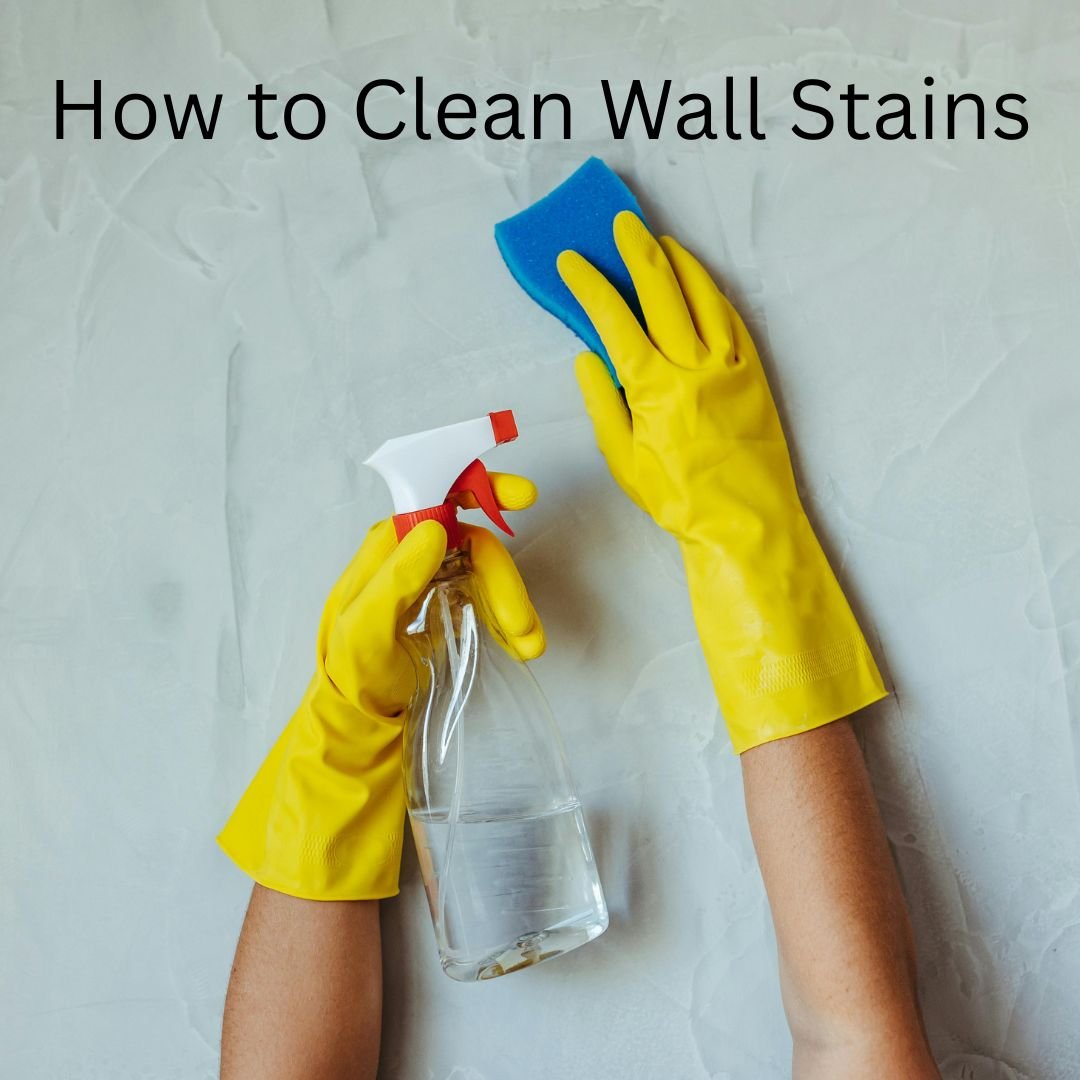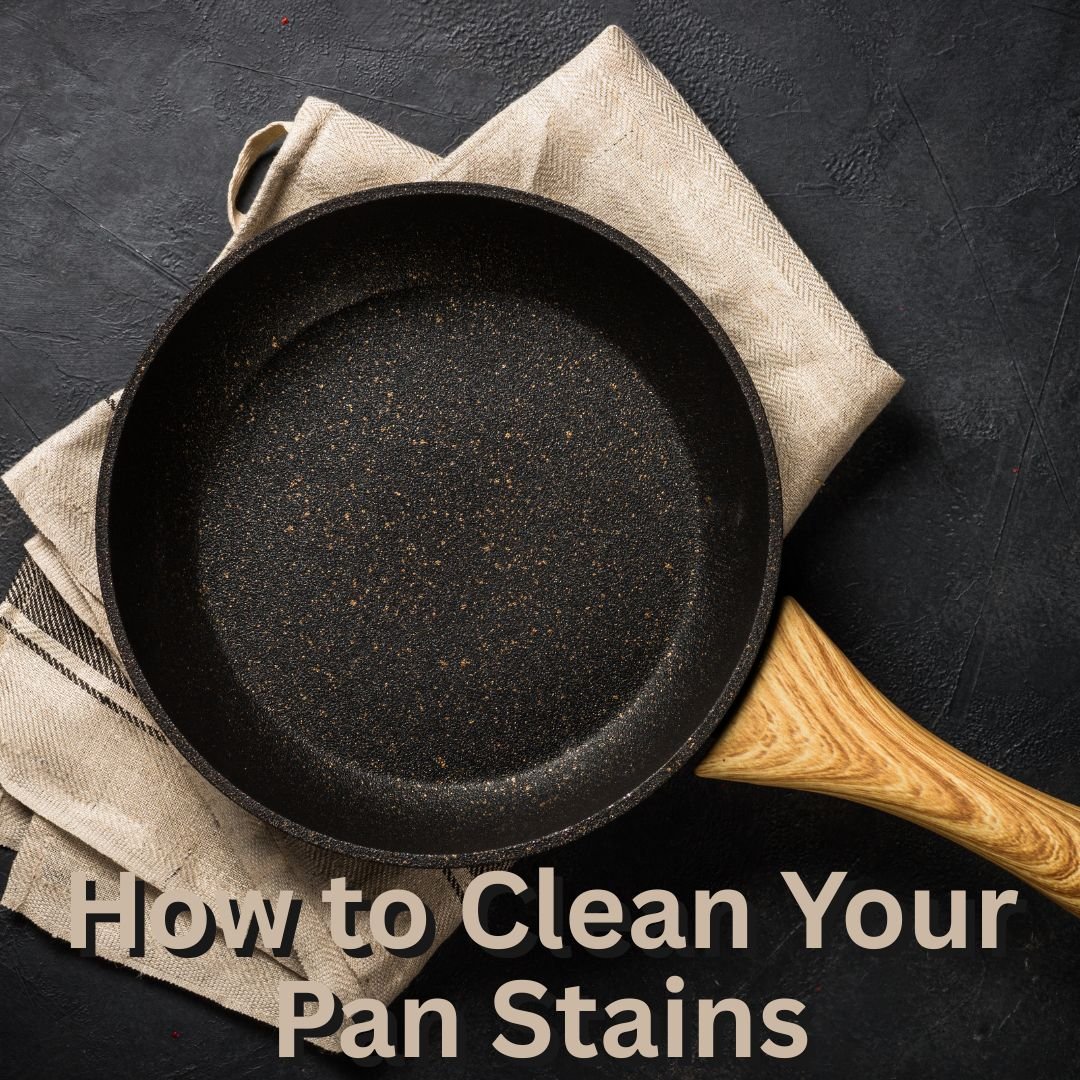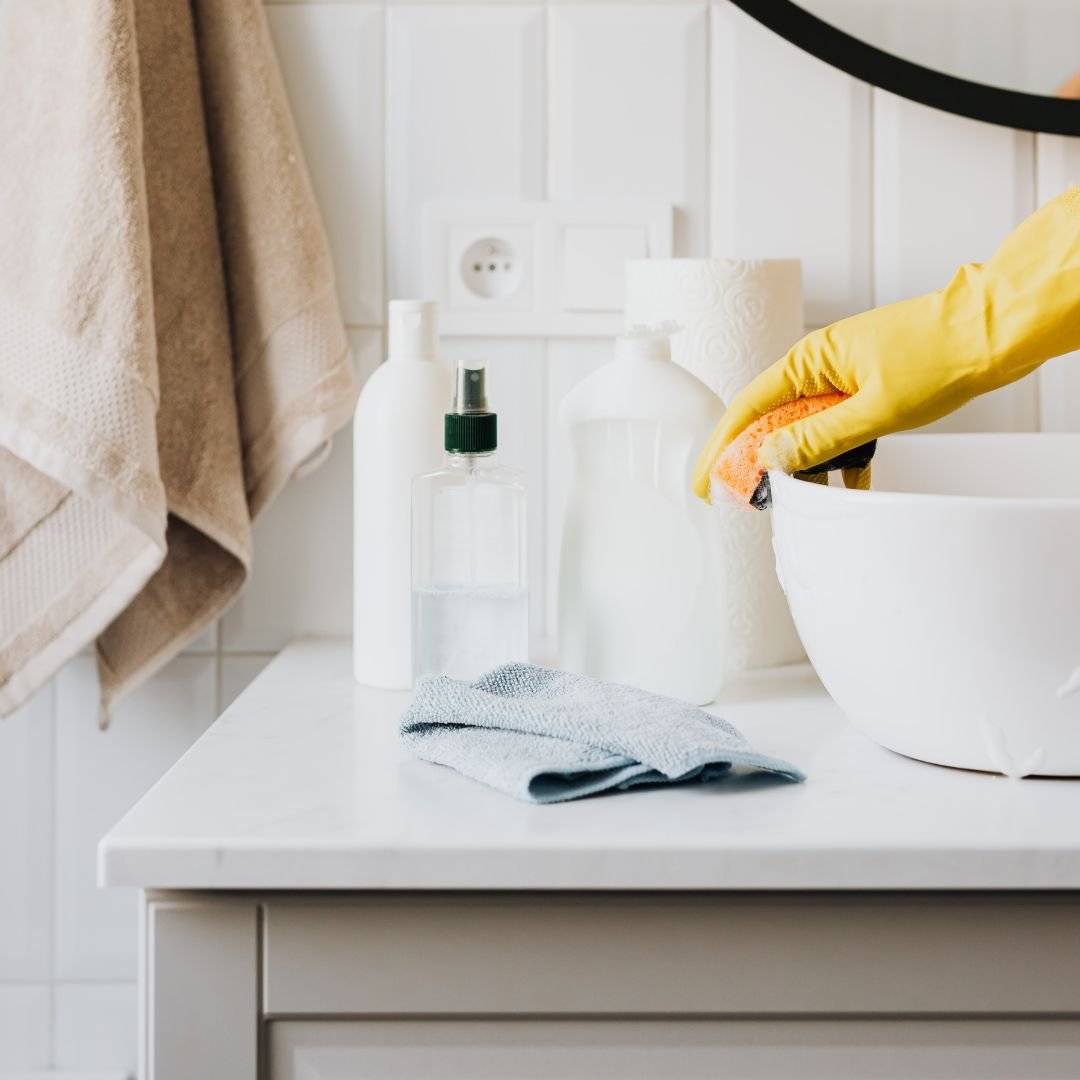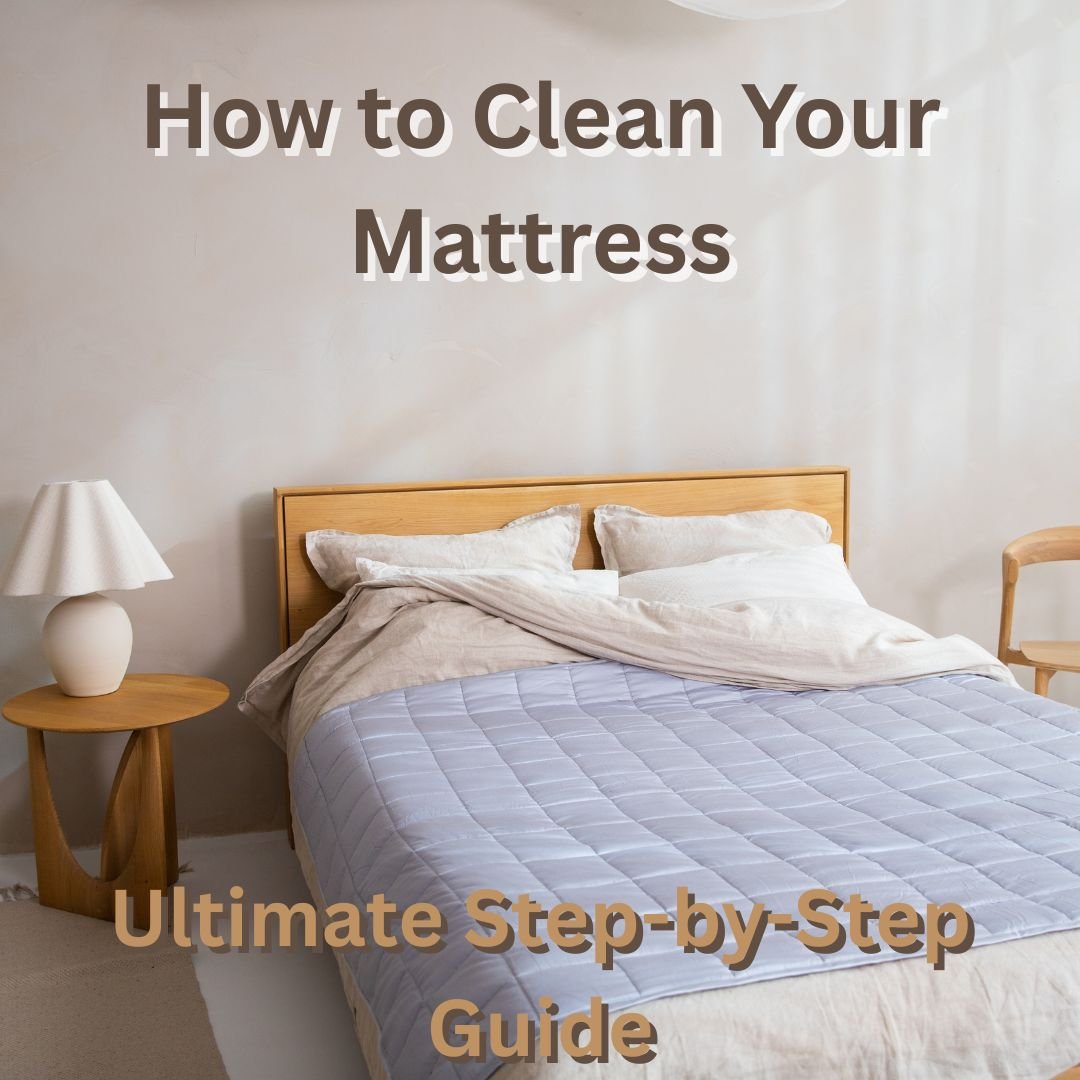Learn a step-by-step, pet-safe, SEO-friendly method for how to clean pet urine stains from carpet, upholstery, and hard floors. Includes supplies list, unique tips for odor removal, and actionable prevention strategies.
Pets bring love—and sometimes urine stains. Whether you have a new puppy, an older cat with occasional accidents, or a nervous guest dog, removing urine quickly and correctly prevents permanent staining and lingering odors.
This article gives a clear, step-by-step method for how to clean pet urine stains, the supplies you’ll need, unique tips for stubborn situations, and the facts and advantages of doing it right.
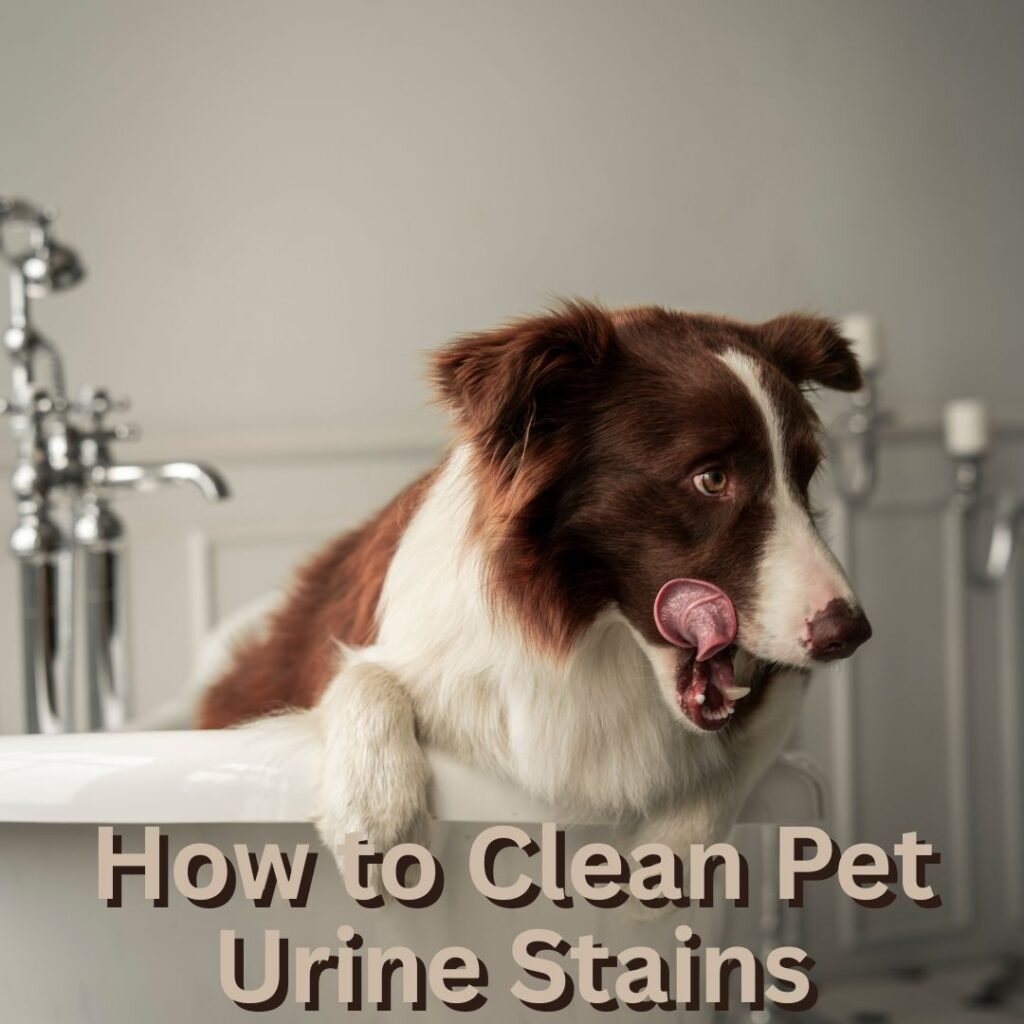
Why quick action matters
Urine contains urea, salts, and ammonia that can set into fibers and finish surfaces. The longer it sits, the deeper it soaks and the harder it becomes to remove the smell completely. Acting fast saves money, keeps your home healthy, and prevents pets from re-marking the same spot.
What you need (supplies checklist)
Clean white towels or paper towels (avoid colored cloths that may bleed)
A stiff-bristled brush (for carpets)
Enzyme-based pet stain cleaner (specifically formulated for urine)
Distilled white vinegar
Baking soda (sodium bicarbonate)
Spray bottle
Warm water
Vacuum cleaner (with hose for carpets)
Rubber gloves
Hydrogen peroxide 3% (optional, for light-colored fabrics — test first)
Plastic spoon or spatula (for dried matter)
Fan or hair dryer on cool setting (to speed drying)
Having these on hand makes the process fast and effective.
The step-by-step method (do not skip steps)
First step — Blot and absorb (act immediately)
If the accident is fresh, remove solid matter (if any) with a spoon, then place a clean white towel over the wet area and press down firmly to soak up as much liquid as possible. Do not rub — rubbing spreads urine deeper into fibers. Replace towels until they stop absorbing.
Tip based on this step: Use pressure (stand or kneel on the towel) for maximum absorption. For small areas, lay a stack of paper towels and weigh them with a heavy book for 10–15 minutes to draw more urine out.
Second step — Dilute and neutralize with vinegar
Mix 1 part distilled white vinegar with 1 part warm water in a spray bottle. Lightly spray the stained area until it’s damp (not soaked) to dilute the urine’s salts and ammonia. Let it sit for 5–10 minutes, then blot again with a clean towel.
Tip based on this step: Vinegar breaks down ammonia molecules and reduces odor. For tile or sealed wood, you can use a slightly stronger solution (2:1 water to vinegar), but never use vinegar on natural stone (marble, travertine) — those need a pH-neutral cleaner.
Third step — Apply an enzyme cleaner
Spray or pour an enzyme-based cleaner designed for pet urine into the affected spot. These products contain live enzymes that digest organic compounds in urine rather than just masking odor. Follow the product instructions for dwell time — usually 10–30 minutes — and work it gently into fibers with the brush if the surface is carpet.
Tip based on this step: For older or dried-in stains, let the enzyme cleaner sit longer (several hours) and cover with plastic wrap to keep it moist — enzymes work best in a damp environment.
Fourth step — Rinse and blot
After the enzyme cleaner has done its work, rinse the area with a small amount of warm water and blot until the liquid is removed. Use fresh towels repeatedly until towels come away almost dry. Avoid over-wetting; too much water can move urine deeper into padding under carpet.
Tip based on this step: For upholstery, hold a towel against the inside of the cushion (if you can access the interior) while blotting the top to draw moisture through the fabric instead of into the padding.
Fifth step — Baking soda for odor lift
Once mostly dry, sprinkle a generous layer of baking soda over the area. Baking soda absorbs residual odors. Let it sit for several hours or overnight. Vacuum thoroughly to remove all powder.
Tip based on this step: For extremely stubborn smells, mix baking soda with a few drops of essential oil (optional) before sprinkling—lavender or lemon can mask faint residual scents while vacuuming removes both.
Sixth step — Targeted treatment for old or set stains
For old or set-in stains on light-colored fabrics, you can use a 50/50 mixture of hydrogen peroxide (3%) and water with a teaspoon of dish soap. Test in an inconspicuous spot first for colorfastness. Apply sparingly, blot, then rinse and dry.
Tip based on this step: Avoid hydrogen peroxide on dark fabrics or delicate fibers; it can bleach. If in doubt, consult a professional upholstery cleaner.
Seventh step — Dry thoroughly and re-evaluate
Use a fan or hair dryer on a cool setting to speed drying. Once dry, smell the area. If smell remains, repeat enzyme treatment and baking soda steps. Persistent odor usually means urine reached padding — in that case, consider professional extraction or replacing carpet padding.
Tip based on this step: If the problem recurs in the same spot, the padding may be saturated. A carpet cleaning service with hot-water extraction can often reach padding and eliminate deep-set urine.
Surface-specific notes
Hard floors (vinyl, sealed wood, tile): Wipe up quickly, then clean with vinegar solution and dry. No enzyme cleaner needed for most hard floors unless smell persists.
Carpet: Follow the full enzyme + baking soda routine. Use minimal water to avoid soaking the padding.
Upholstery and mattresses: Enzyme products are best. For mattresses, consider a waterproof mattress protector after cleaning.
Delicates (silk, wool): Consult professional cleaners to avoid damage.
Prevention and ongoing tips
Train pets consistently and reward proper behavior.
Clean accidents immediately — speed is your number-one defense.
Use washable, machine-friendly pet pads or rugs in areas where accidents happen.
For senior pets or those with medical issues, consult a vet — frequent accidents can indicate illness.
Keep enzyme cleaner on hand in a spray bottle for quick spot treatment.
Each of these prevention tips helps reduce stress for you and your pet and keeps your home smelling fresh.
Facts and advantages (quick summary)
Facts:
Urine odor is primarily caused by ammonia and urea that bacteria convert into more pungent compounds.
Enzyme cleaners target organic molecules; bleach and many maskers do not remove the odor source.
Baking soda neutralizes odors physically by absorbing them.
Advantages of following this method:
Longer-lasting odor removal — no masking, fewer repeat accidents.
Lower risk of permanent staining and fiber damage.
Safer for pets and people when you use enzyme-based, non-toxic cleaners.
Faster, more economical than repeated professional cleanings when you act quickly.

